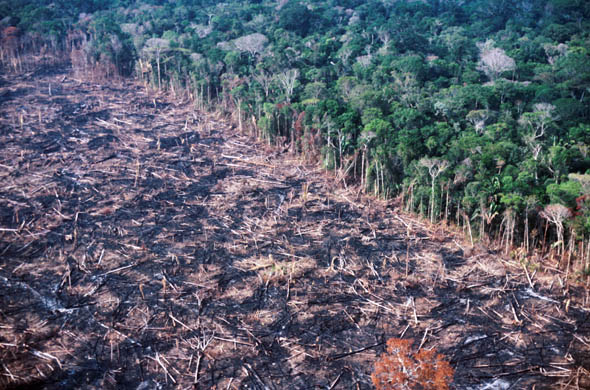To function effectively, landscape governance ought to consider the whole system, which would account for the ecological impact and food sustenance needs. There is much profit to be found in land. Cash crops offer huge profits that are motivating a change in land investment and moving large corporations into the field where small farmers once predominated. The farms then tend to promote single crops, and lack crop rotation cycles or resting periods. All these practices serve to overtax the soil of life-giving nutrients. This trend of land grabbing (or water grabbing, depending on how you view the issue) is actively altering the landscape with a new culture that prioritizes yield at the expense of a consideration of the natural cycles that a sustainable stewardship of the land needs.
The same issues faced by land development are shared with the industrialized meat system, which focuses on yield rather than quality. The unsustainable practices that human systems have put into place to feed the earth’s growing population, with a minimal land use, are showing their alternative costs to human health. The process of global warming is one example, but mad cow disease offers another example of human illness (Creutzfeldt-Jakob disease) where under-diversified farming practices can prove fatal. Through concentrated feeding systems, animal husbandry has developed into a quick growth formula. This process decreases the longevity of the animals while participating in a large environmental cost, which may account for as much as 30% of the sources of global warming. In addition to this, animal domestication is one of the primary sources of deforestation. The challenge is that these costs are not translated into economic gains and losses. At what point will be begin to feel the true price of land mismanagement, if we have failed to recognize it thus far?

https://uclast203-2010.wikispaces.com/Deforestation+of+the+Amazon
